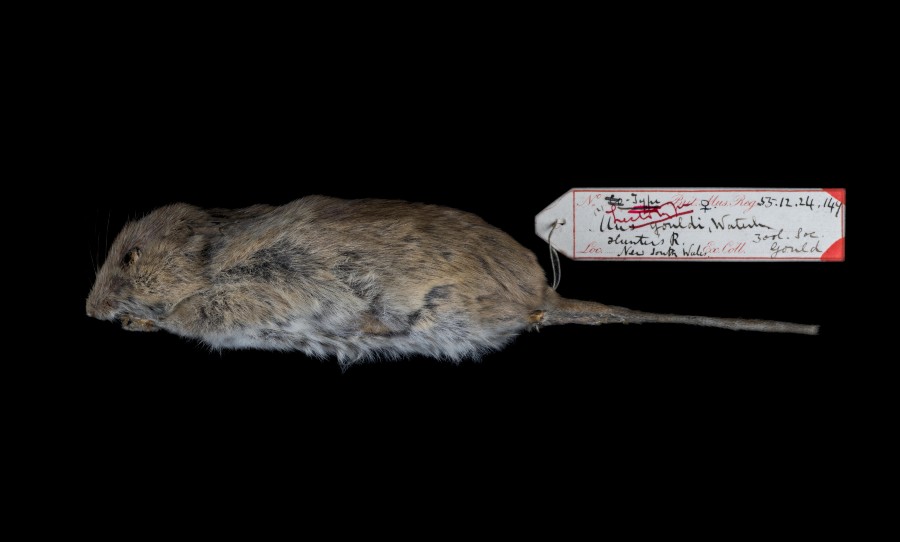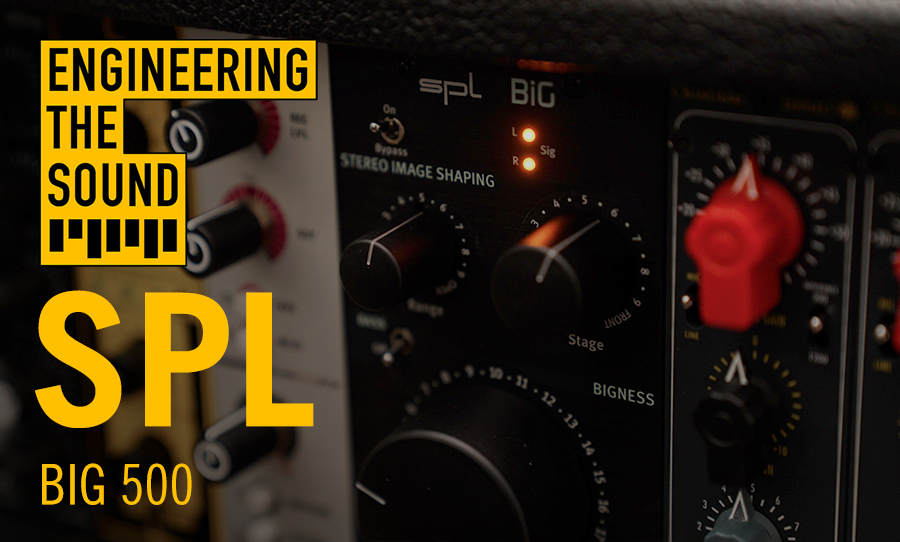Researches have discovered that a native Australian mouse thought to be extinct has been chilling on islands off Australia’s West Coast.
Evolutionary biologist, Dr Emily Roycroft recently led a team of researchers at Australian National University, in a study comparing the genetics of eight extinct Australian rodents with forty-two of their living relatives.
The study, unfortunately, reveals sinister evidence of how certain rodent species have rapidly become extinct in Australia after non-native mammals were introduced.

However, an uplifting finding is the resilience of the Gould’s mouse, previously declared to be extinct (Pseudomys gouldii).
Gould’s mouse is a small, brown and shaggy mouse, which is quite social and lives primarily in small burrows with their family groups.
They used to be found across Australia until their population drastically fell in the mid-1800s, likely having been hunted by cats or outcompeted by European rodents.
Dr Roycroft’s researchers collected historical specimens of Gould’s mouse, and compared it to various living rodents, including the Shark Bay mouse (Pseudomys fieldi).
To the team’s surprise, the research uncovered that the two rodents were genetically the same species.
Gould’s mouse for PM!!! https://t.co/hgV4xyR5rJ
— 🐨sharsh (@i_sharsh) June 28, 2021
Shark Bay mice have been found to live on four islands in the Shark Bay area.
On Faure Island, there has been a significantly large and thriving population of Shark Bay mice since 2003, when the Australian Wildlife Conservancy relocated them from Bernier island to create a new population.
Dr Roycroft’s study also provided valuable information about the extinction patterns of Australian rodents.
The team examined the genetic diversity of specimens that lived just before extinction.
The fact that there was no finding of reduced genetic diversity in those specimens, indicated that populations became extinct rapidly.
Low genetic diversity indicates a small population, so the high genetic diversity of the specimens reveals that populations did not slowly decline before extinction.
Instead, they progressed from a large population to extinction extremely rapidly.
But it’s not all good news – this highlights how dramatic the collapse of the Djoongari/Gould’s mouse has been. Once distributed across most of mainland Australia, it now only persists on islands in Shark Bay. Map shows the estimated previous distribution of the species /9 pic.twitter.com/0GsaUpa1iW
— Dr Emily Roycroft (@Emily_Roycroft) June 28, 2021
The vulnerability of rodents is concerning, as they play a vital role in the Australian ecosystem.
They are important prey to many larger native mammals, without which many Australian ecosystems could fall apart.
Dr Roycroft’s study highlights the devastation of mammalian extinction in Australia, which holds the highest recorded rate globally.
Although the resurrection of Gould’s Mouse in the Shark Bay mouse is an exciting and encouraging find, it is minute compared to the overwhelming number of rodents that have reached extinction in Australia since the 1700s.



